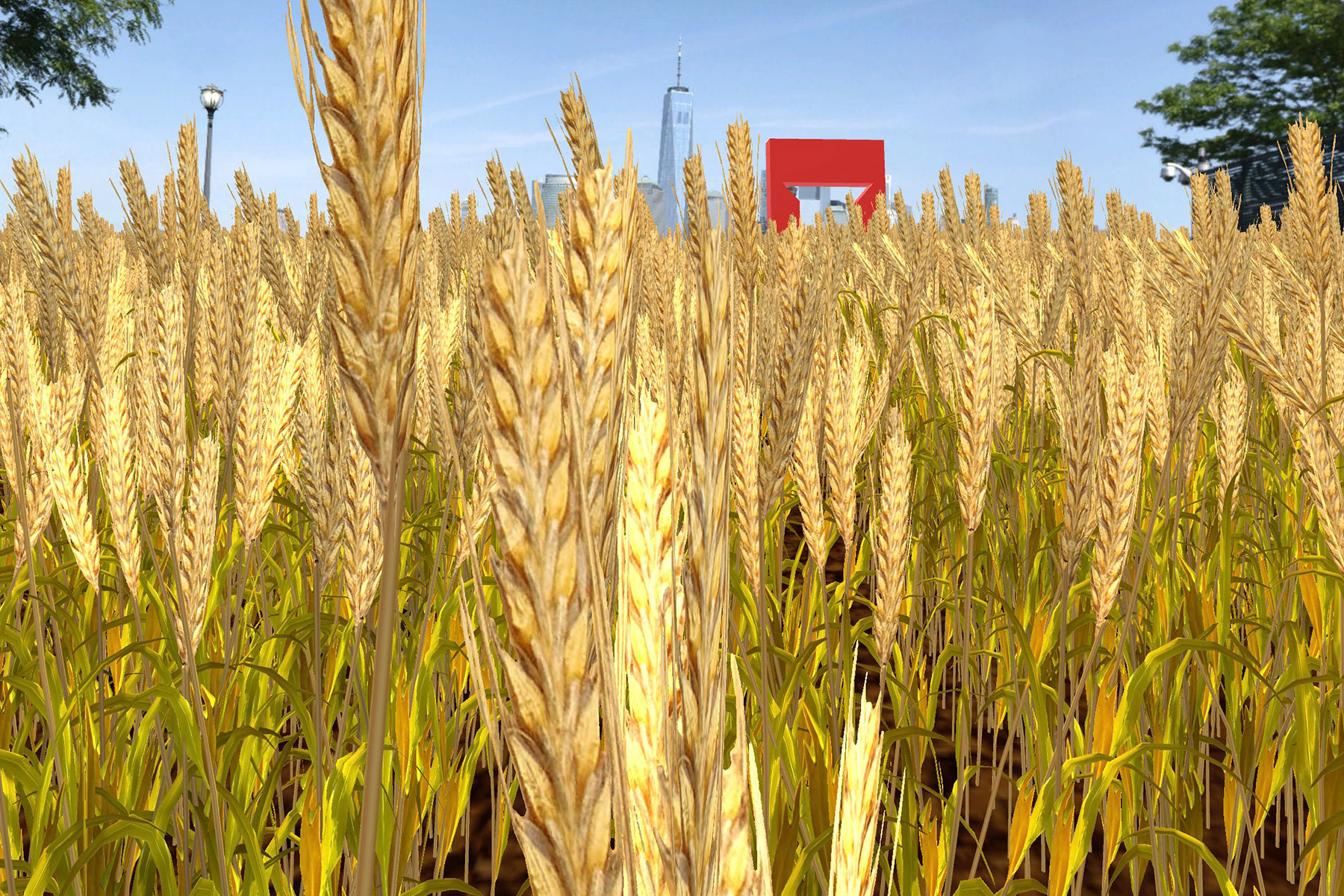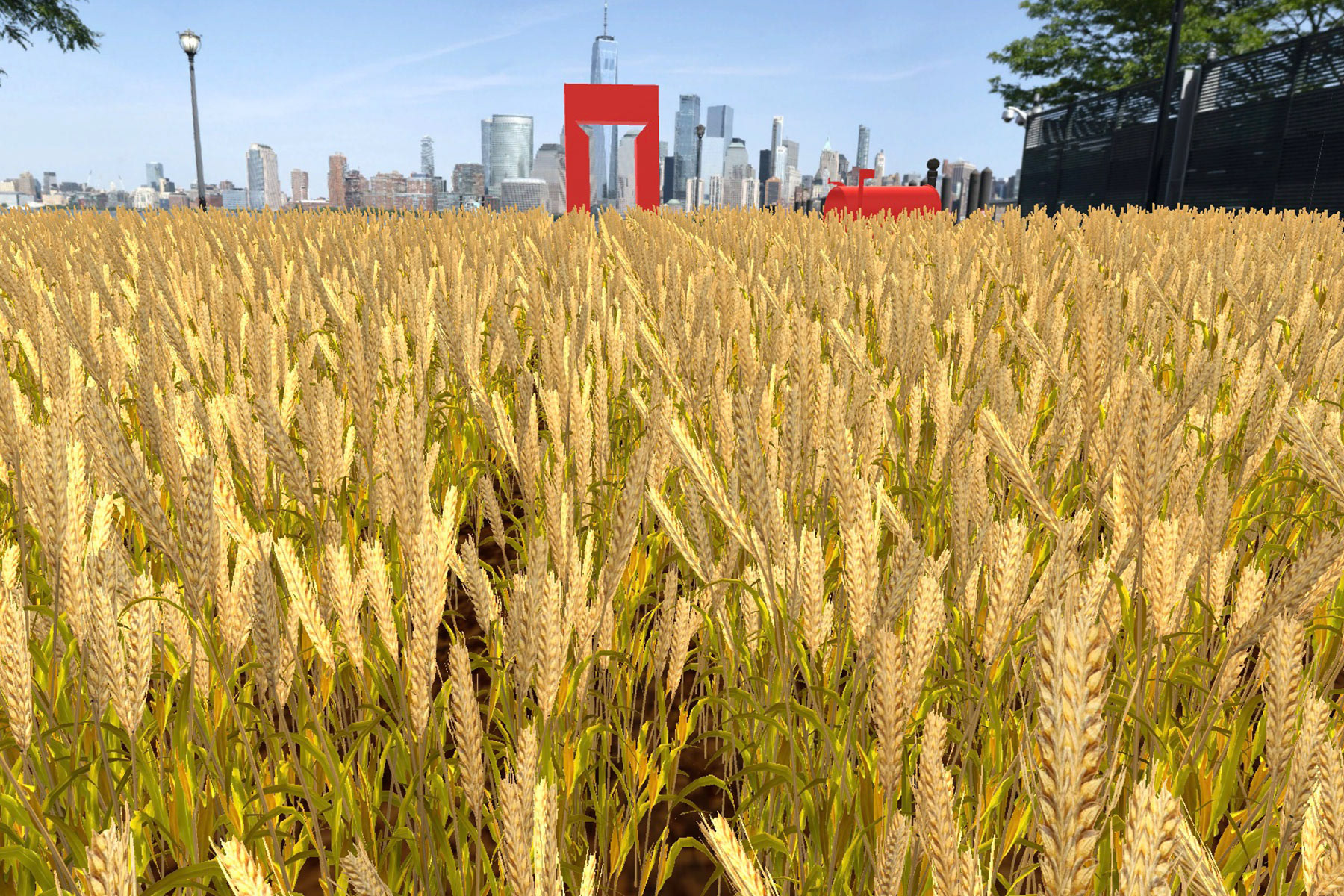Displacement



Note: A prototype of this project was built and installed in 2024, as part of the Austin Studio Tour. Please visit Displacement.Studio to watch the project video.
Displacement is a project that explores the connection between the virtual and the physical, the tangible and intangible — questioning what constitutes human connection and what it means to be present. It is a real-time experiment that strives to connect those present and those absent through a mediated interaction.
What does it mean to ‘be’ with someone who is not physically co-located?
Can some form of disembodied interaction create a sense of physical presence?
In the virtual realm, what does it mean to inhabit public space?
The project was initiated during the Covid-19 pandemic of 2020/21 and was a response to the lockdowns. People everywhere experienced a kind of displacement, both literally and metaphorically. During lockdown, our once familiar streets and public spaces became unrecognizable. Urban landscapes, once vibrant and animated, were suddenly depopulated and silent.
[London, April 2020] I remember a string of near perfect spring days with clear blue skies and the sound of birdsong. The circling of two hawks in the sky above. Where had these birds come from? I’d never seen them before. There were numerous stories reported globally about the emergence of wildlife in urban centers: returning birds, increasing fish in urban waterways, and even wild animals venturing further into settlements in the absence of humans.
The lockdowns also called into question our system of agricultural production and food supply. What impact would the pandemic have on global food distribution channels? The reality of living in an increasingly globalized and interconnected world was made evident in a way that we immediately understood.
The idea of transposing wheat onto an urban landscape was inspired by these concerns — becoming both a literal and symbolic element of the artwork.
Wheatfield, Agnes Denes
During the research phase of the project, I discovered the work of artist Agnes Denes. In 1982, as part of a land art installation, she planted (and later harvested) two acres of wheat in lower Manhattan. Covering the Battery Park landfill, the wheat field was located two blocks from Wall Street, with views of the World Trade Center on one side and the Statue of Liberty on the other.
“Planting and harvesting a field of wheat on land worth $4.5 billion created a powerful paradox. Wheatfield was a symbol, a universal concept; it represented food, energy, commerce, world trade, and economics. It referred to mismanagement, waste, world hunger and ecological concerns. It called attention to our misplaced priorities." [www.agnesdenesstudio.com/works7]
Concept Video
Project Description
There are 3 main elements to the project:
● VIRTUAL | A recreation of Exchange Place in the virtual space — transposed with wheat;
● PHYSICAL | A red doorway and a red mailbox located on the physical site at Exchange Place, which act as a connection between the real and virtual worlds. Also planters containing wheat that respond to the movement of visitors in the virtual environment.
● ONLINE | An online platform where a participant can access the virtual environment and explore Exchange Place, and send and receive messages via the virtual/physical mailbox.
Early concept sketch
The Physical
Visitors to Exchange Place encounter a red doorway, planters of wheat and a red mailbox.
● They are free to walk through the doorway. Crossing the threshold triggers a motion camera that projects their form (as a point cloud) across the wheat in the virtual environment. The viewer in virtual space is able to observe their form in a kind of ethereal encounter.
● Opening the mailbox reveals a QR code that the visitor can scan and receive a message from the virtual visitor.
Early concept sketch
The Virtual
The participant is invited to explore the virtual site, which mirrors the actual physical location. The obvious difference is the transposition of a wheat field onto the urban landscape, plus a red doorway and mailbox.
The participant can move around the space, explore different pathways, enjoy the views and get to know the site. They can also approach and walk through the red doorway and/or open the mailbox.
● The action of walking through the virtual doorway triggers the doorway in physical space to change appearance (in terms of color and light). It also causes the wheat in the planters to sway.
● Opening the mailbox provides an option to send a message to a person moving synchronously through physical site.
Early concept sketch
This project is currently being developed in collaboration with Isaac Hisey, John-Mike Reed, Justin Stanly, and Blue Alan Way. We’re working on prototyping different aspects of the project as a proof of concept. More updates coming soon!